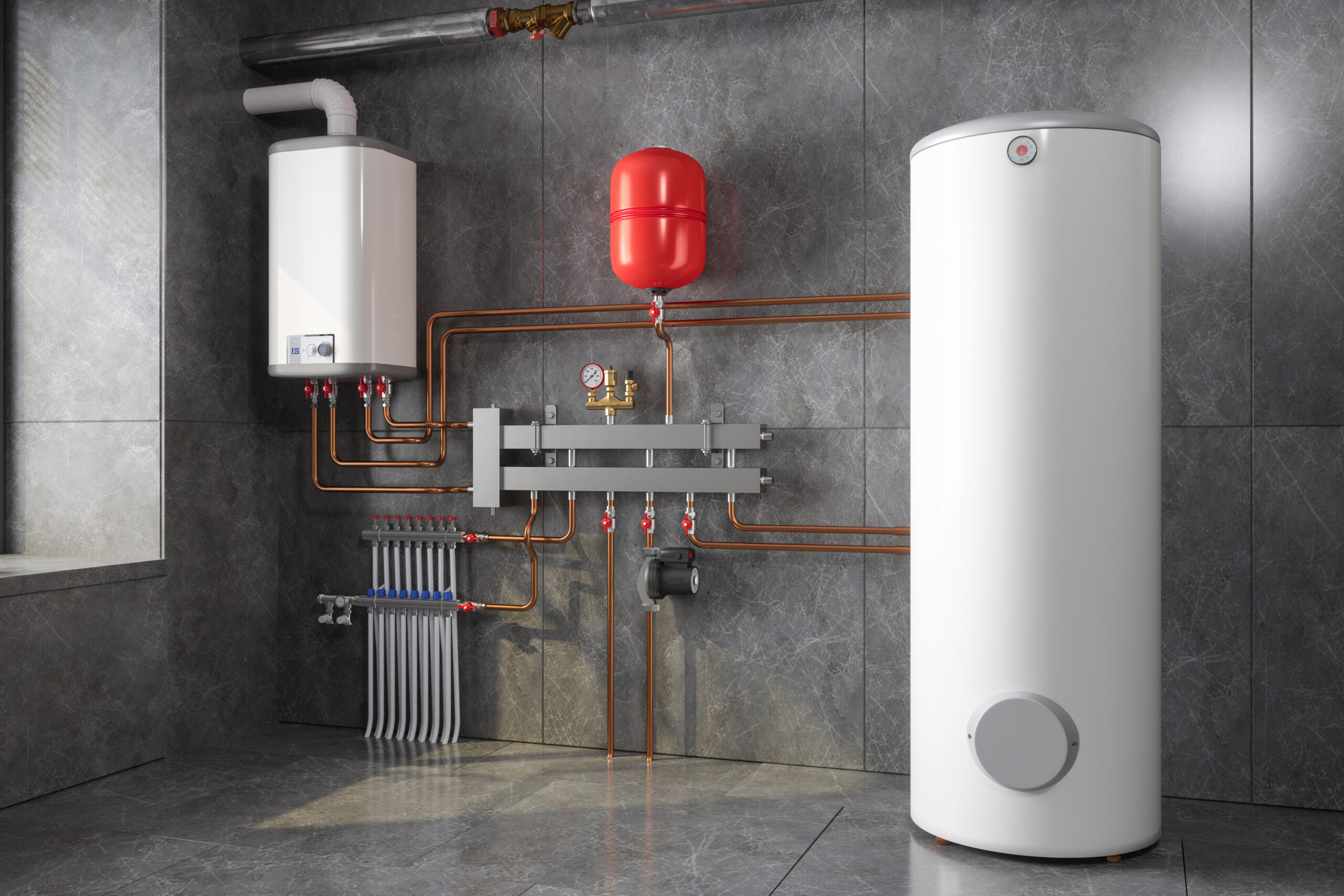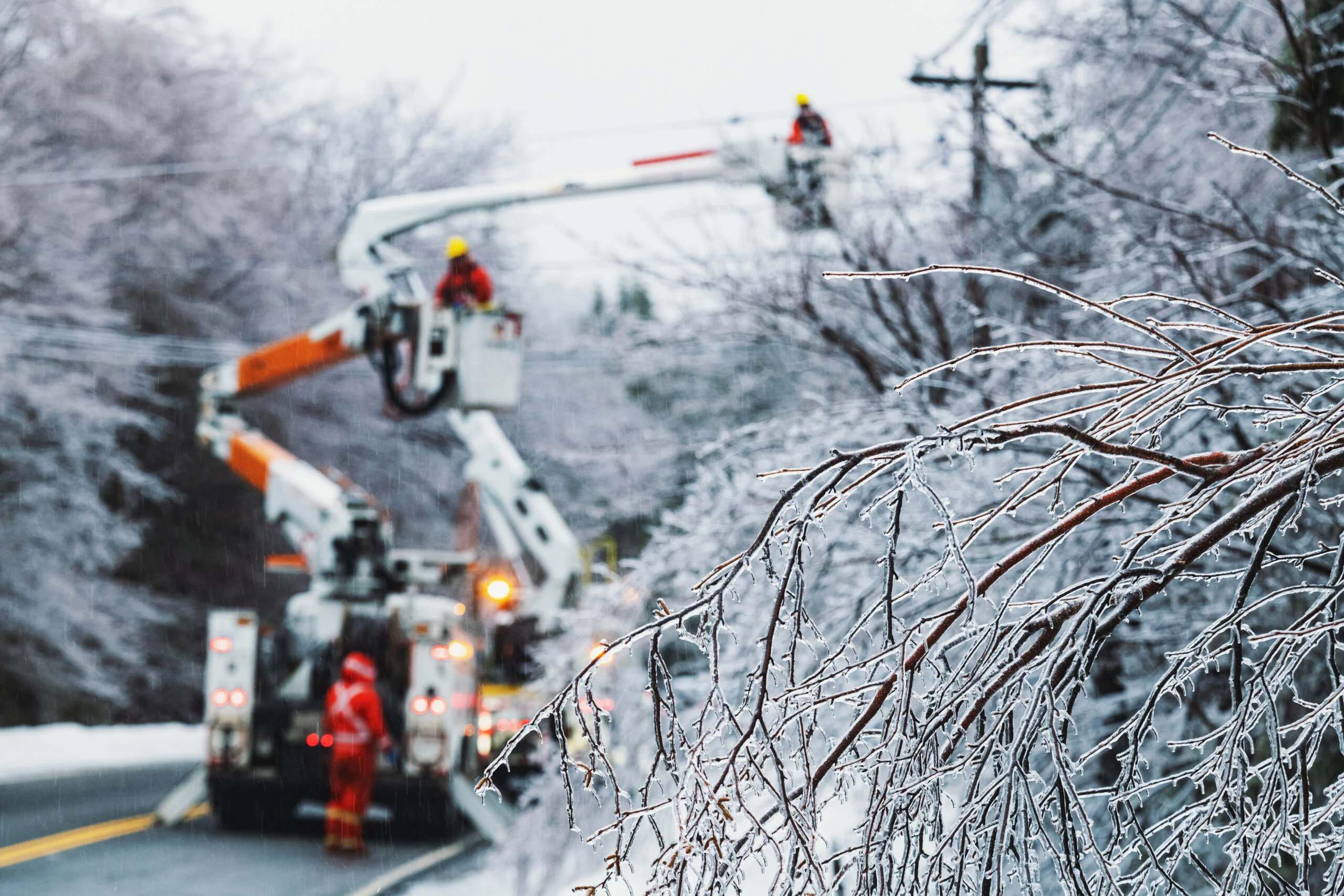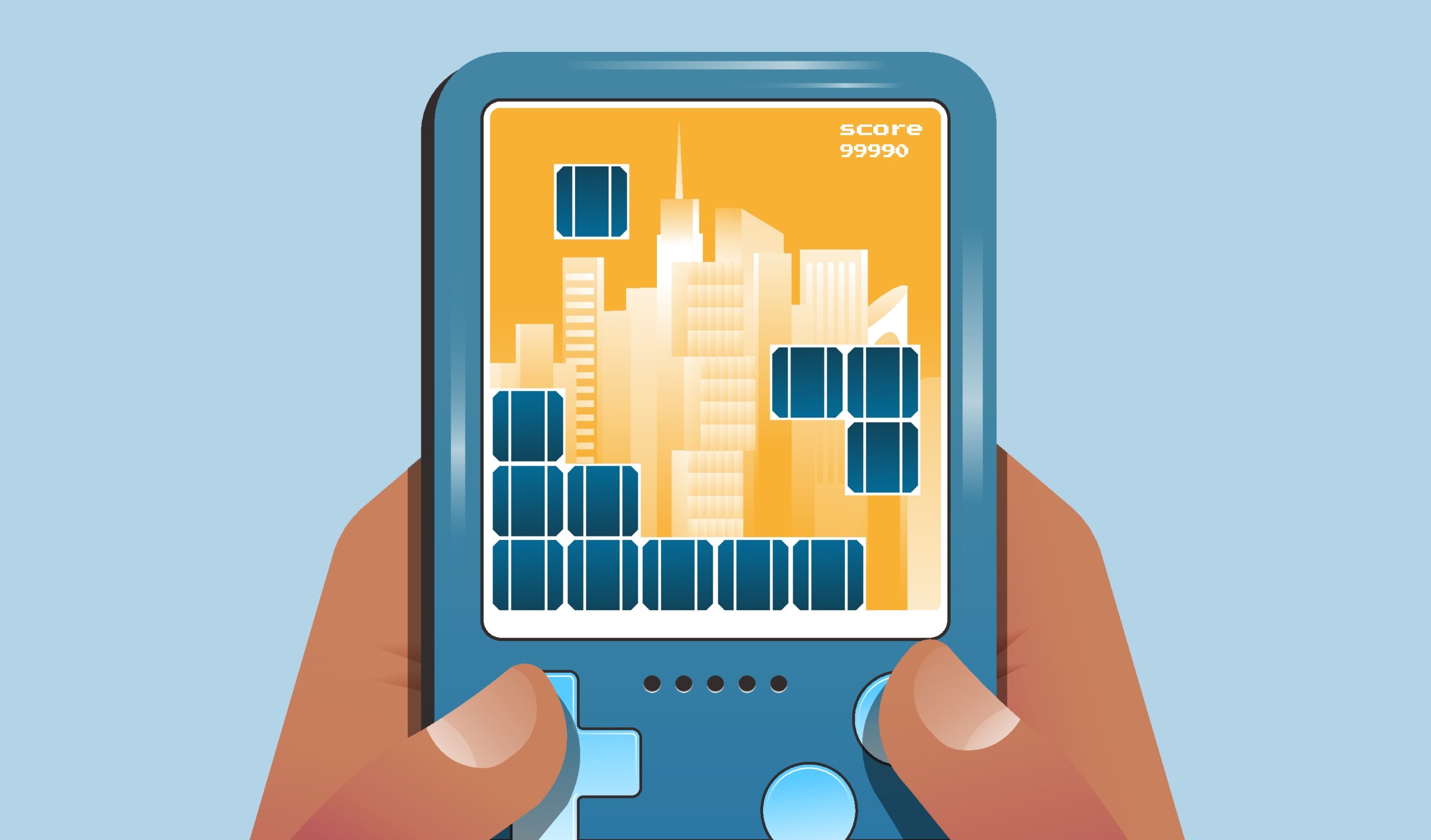A recent EPA report found that buildings powered by fossil fuels account for around 11% of total carbon emissions in the U.S. Of that number, heating and cooling systems like HVAC units and water heaters account for the biggest source of emissions. In fact, the EPA believes that the Inflation Reduction Act, which was designed to address these inefficiencies, can help ameliorate these challenges by 2035 through electrification opportunities and through encouraging the incorporation of distributed energy resources (DERs) as demand flexibility assets. As a historically reliable program, demand response has often applied to thermostat programs, as HVAC units require a large volume of demand. However, the Grid-Edge distributed energy resource management system (DERMS) that manages your DERs applies to a broad array of potential devices. So how can you put water heaters in your demand response programs?
Why Demand Response Reigns Supreme
Demand response is a time-tested load-shifting conservation strategy that has a proven record of reducing peak load during heat waves. That’s what drove talks at the recent ISO-NE Consumer Liaison Group meeting in early March 2024, which underscored the proactive need for demand response to meet public demand strategically. Speakers noted there that demand response could surpass all other regional transmission organization (RTO) efforts by percent of installed capacity. That’s why demand response programs have more than 10m participants across U.S. electric utilities, which has resulted in more than 237 terawatt-hours of electricity conserved between 2008 and 2021.
How Thermostat Demand Response Programs Work
Perhaps the most common form of demand response, thermostat programs have been in operation for more than four decades. Initially, these programs relied on radio frequencies to signal device control via a switch physically placed on the HVAC device itself. These early devices were one-way signals, meaning they could signal an event to start, but not to end. Later, these devices were updated with two-way switches that could send signals to start and stop and a demand response event. Fortunately, smart technologies have built on these comparatively primitive designs, providing far more nuance and flexibility in device control for program managers.
– Syd Bishop, Sr. Content Specialist, Virtual Peaker
Through the Internet of Things (IoT) and WiFi-enabled devices, utilities can not only quickly control smart devices remotely, but can benefit from the high volume of data that each device provides. This data can inform forecasting decisions for utilities, while also showing valuable customer engagement metrics, including when participants may have opted out before or during an event. This information is valuable in helping utilities to continuously scale their programs, while also providing insights into potential energy needs.
Thermostat programs shift load through energy curtailment. For program participants, that typically results in shifting the degree of the thermostat to lessen the amount of energy an HVAC requires to meet demand. For individual homeowners, this results in marginal savings, but in aggregate, demand response programs have proven invaluable at mitigating demand during peak periods of consumption.
How Water Heater Demand Response Programs Work
Water heater demand response programs represent another tool for utilities to better address their load management needs. Historically speaking, any unsolicited action by utilities that locks a customer out of their devices has proven very unpopular with customers, and reasonably so. As such, while studies indicate that customers are broadly open to demand response, there is a threshold for how demand events are called that can challenge customer relationships.
Fortunately, water heater programs typically rely on pre-heating units before impending demand events. Since water heaters are insulated, heat generated earlier in the day will remain in the demand event window, meaning that customers will still have access to hot water, while utilities benefit from energy conservation during peak periods of demand. Additionally, because water heater programs are flexible, they can often be run in tandem with time-of-use rate structures, mitigating the higher costs associated with peak energy usage without any difference to the customer.
What is Advanced Load Up?
As mentioned, water heater-oriented demand response programs often operate by preloading the device in advance of upcoming demand events. Advanced load-up is a modern technological update, which allows program managers to heat water beyond the typical threshold. Conceptually, advanced load-up provides a greater level of efficiency in managing programs, as higher temperatures result in an ostensibly longer cooling cycle. In some areas, the legislation mandates that new water heaters be manufactured with this feature, making advanced load-up an increasingly available option to interested utility program managers.
The Importance of Contractor Networks
Enrollment and participation rates are critical metrics in assessing the success of any demand response program. Fortunately, utility program managers can educate customers on programmatic opportunities, upcoming demand events, and more with the right customer engagement tools. In fact, research has found that developing a good relationship with utility customers can lead to higher revenue. Still, because water heaters are investments that require homeowners to coordinate with plumbers or service technicians, they can present a challenge to utility program managers looking to scale their demand response programs.
This is why utilities may rely on contractor networks or other comparable partnerships wherein utilities collaborate with customer-facing contractors including businesses that serve as a point of sale to consumers or the people installing the devices. As it were, demand response programs typically hinge on one device and device type at a time, although a robust distributed energy resource management system (DERMS) can manage any variety of potential distributed energy resources (DERs) like thermostats or water heaters with the help of APIs and OEM partnerships. Because programs have specifications on what types of devices are possible in a demand response or other demand flexibility program, contractor networks provide a path to educating customers when they need it, which is often when they are purchasing or upgrading their existing water heater.
How Are Water Heaters Used For Demand Response Conclusion
Legislation has been employed many times over the years to foster better demand response programs as they relate to water heaters and other smart household appliances, as bipartisan action has pushed for demand response-enabled water heaters and more. Likewise, the DOE reports that these new water heater standards could save consumers around $11.4B annually, a move that would only increase demand response potential in water heaters. These actions signal that demand response—as it applies to any device type—is a strategic priority in the U.S., and water heater programs play a substantial role in these objectives.




